Landscaping with Golden Cane Palms (Dypsis lutescens) introduces not only aesthetic appeal but also a functional aspect to gardens and outdoor spaces. Known for their lush, tropical appearance and relatively easy maintenance, Golden Cane Palms can significantly enhance the beauty and value of any landscape. Their feathery, arching fronds create a soft, inviting look, while the golden color of their stems adds a warm, vibrant touch. Ideal for a range of landscape designs, from modern to tropical, these palms can adapt well to various environments, provided they receive the right care.
Golden Cane Palms are particularly valued for their versatility in landscape design. Capable of growing up to 6 to 8 meters in height, they can serve multiple purposes: as elegant standalone specimens, dense privacy screens, or serene backdrop plants in garden beds. Their non-invasive root system makes them suitable for planting near structures without the risk of damage. Moreover, their preference for warm, humid climates and partial to full sunlight conditions aligns well with many Australian landscapes, making them a popular choice among gardeners and landscape designers.
Design Considerations for Incorporating Golden Cane Palms
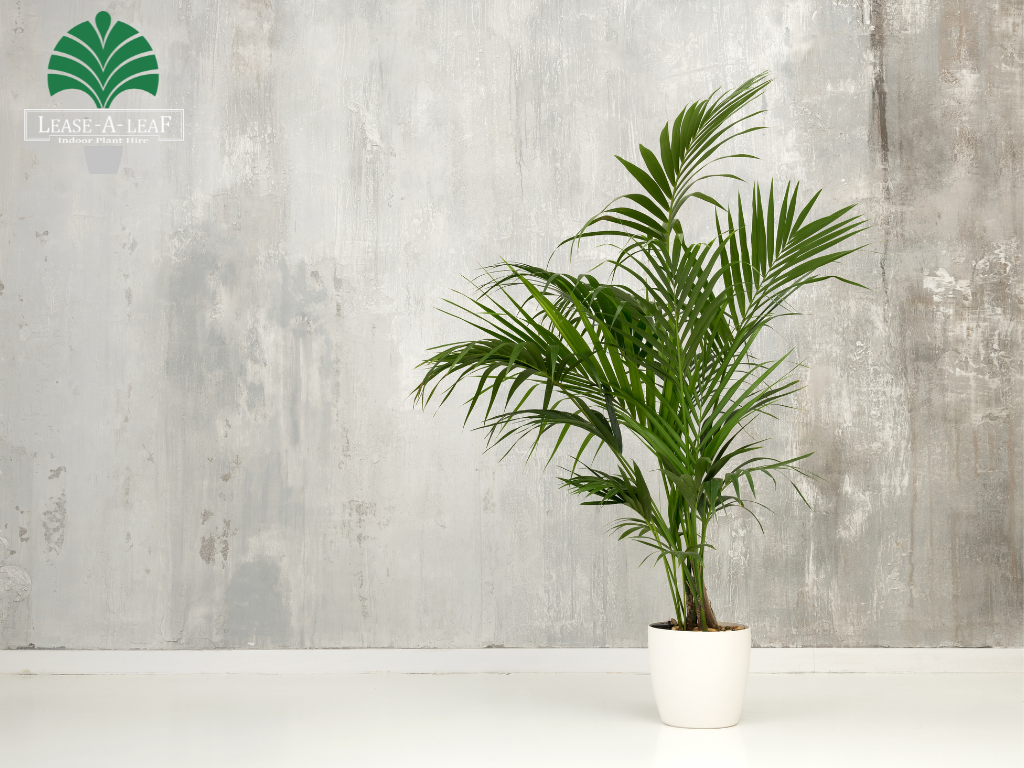
When integrating Golden Cane Palms into a landscape, understanding their growth patterns and space requirements is crucial for optimal placement. These palms thrive in well-draining soil and benefit from regular watering, especially during dry spells. However, they are also reasonably drought-tolerant once established. To ensure the health and beauty of the palms, it’s important to consider their need for sunlight; while they can tolerate some shade, they flourish best in bright, indirect light.
Space planning is essential, as Golden Cane Palms can grow quite large. Allowing sufficient room for growth ensures that the palms develop a full, lush canopy. Additionally, being mindful of the palms’ mature size can prevent overcrowding and promote better air circulation, reducing the risk of disease.
Creative Ways to Feature Golden Cane Palms in Your Landscape
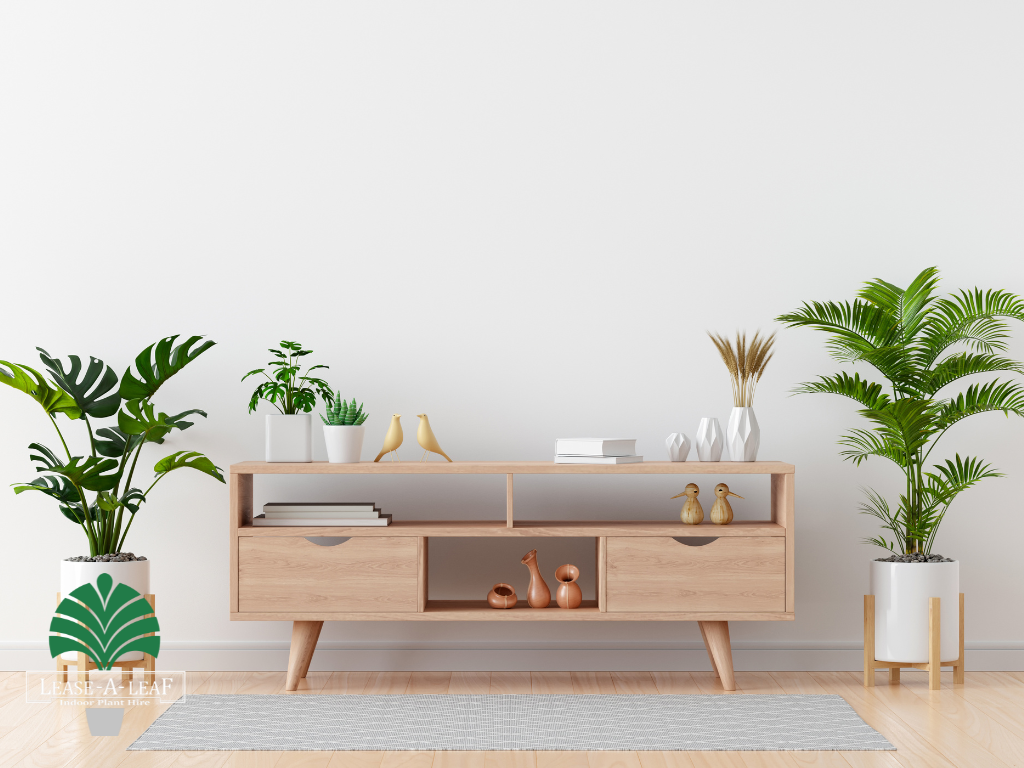
Golden Cane Palms can dramatically transform a landscape, serving various roles that cater to both aesthetic preferences and functional needs. As focal points, their striking appearance can draw the eye and create visual interest in garden designs. Planting them in clusters can create natural privacy screens, offering a lush barrier that adds to the tranquility of outdoor spaces.
Incorporating Golden Cane Palms into thematic landscapes opens up numerous design possibilities. For tropical themes, their lush foliage complements other tropical plants, creating a dense, green oasis. In formal gardens, their elegant form can add structure and height, especially when planted in symmetrical arrangements. Mediterranean landscapes can benefit from the palms’ ability to add texture and movement, enhancing the garden’s overall aesthetic.
Companion Planting with Golden Cane Palms
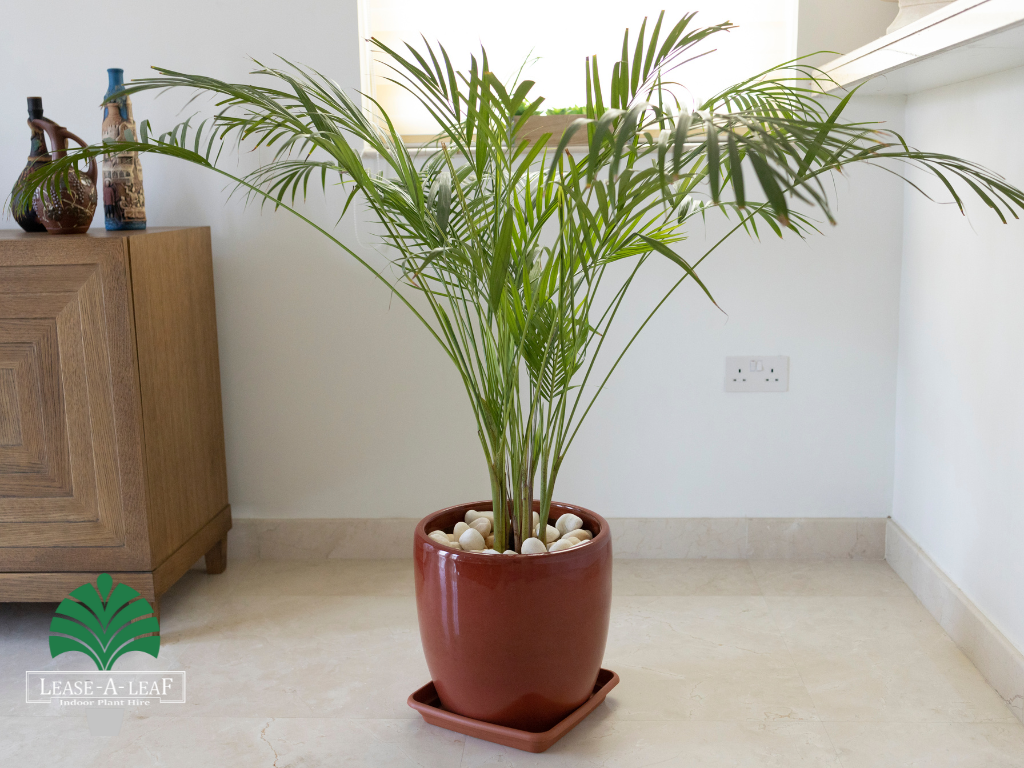
When designing a landscape with Golden Cane Palms, choosing the right companion plants can enhance the aesthetic appeal and create a harmonious, balanced environment. Ideal companions should complement the palms in color, texture, and height, contributing to a layered, vibrant garden design.
For a lush, tropical effect, consider underplanting with shade-tolerant species such as ferns, aglaonemas, or philodendrons, which add varied textures and green depths under the taller palms. For a pop of color, flowering plants like hibiscus, bird of paradise, and ginger can create striking contrasts against the palms’ greenery. Ground covers like mondo grass or dwarf lilyturf can fill the lower layers, offering a neat, cohesive look while reducing weed growth.
Creating ecologically balanced plant communities involves selecting species that thrive under similar conditions as the Golden Cane Palms, ensuring they have compatible water, light, and soil requirements. This approach minimizes maintenance while promoting a healthy, self-sustaining ecosystem within your landscape.
Maintenance Tips for Golden Cane Palms in Landscapes
To keep Golden Cane Palms thriving in landscape settings, regular maintenance is key. These palms benefit from deep, infrequent watering, which encourages strong root development. Ensure the soil allows for good drainage to prevent root rot. Applying a balanced, slow-release palm fertilizer during the growing season can support their lush foliage and overall health.
Seasonal maintenance includes mulching around the base to retain moisture and regulate soil temperature. Before extreme weather conditions, such as frost in cooler climates, protective measures like covering smaller palms or providing windbreaks can help minimize damage.
Overcoming Common Landscaping Challenges with Golden Cane Palms
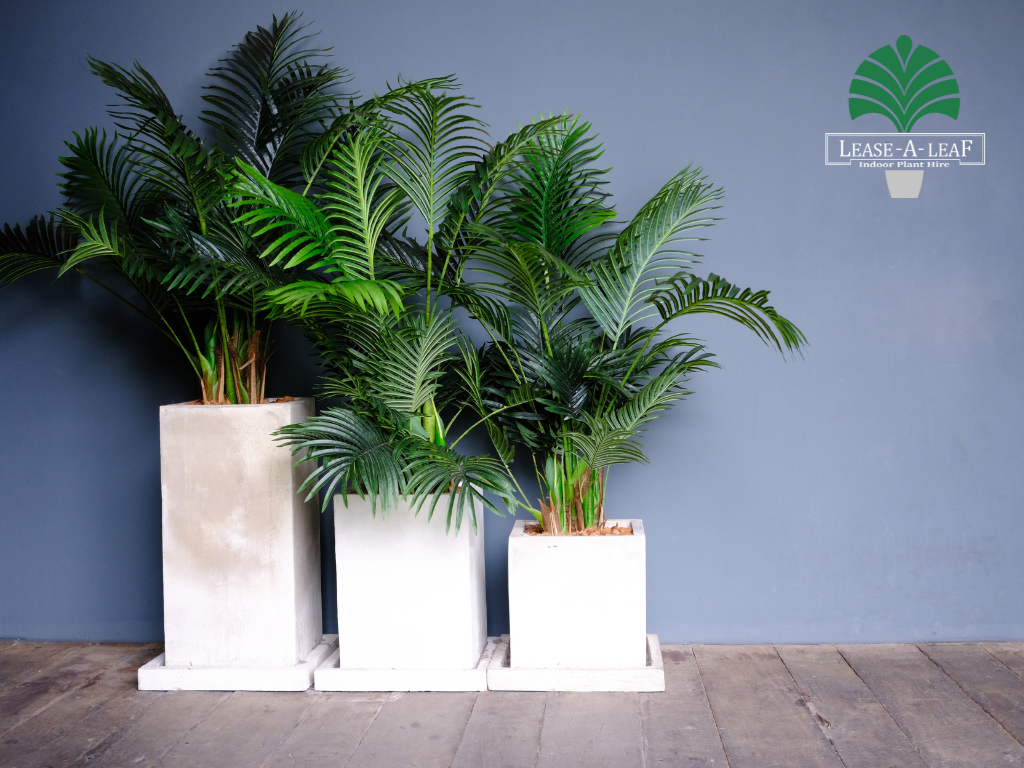
Landscaping with Golden Cane Palms might present challenges such as limited space, pests, or diseases. Space constraints require careful planning to accommodate the mature size of the palms. In smaller gardens, consider using fewer specimens and combining them with more compact plants to avoid overcrowding.
Pest problems, such as spider mites or mealybugs, can be managed through regular inspection and prompt treatment with appropriate eco-friendly pesticides. Diseases like leaf spot can be minimized by ensuring adequate spacing for airflow and avoiding overhead watering to keep the foliage dry.
For challenging sites, such as slopes or confined spaces, strategic placement and selection of the right-sized varieties are crucial. Using terracing or retaining walls on slopes can create level planting areas for the palms. In tight spaces, opt for dwarf or slower-growing varieties to maintain manageability and proportion.
Innovative Uses of Golden Cane Palms in Modern Landscaping
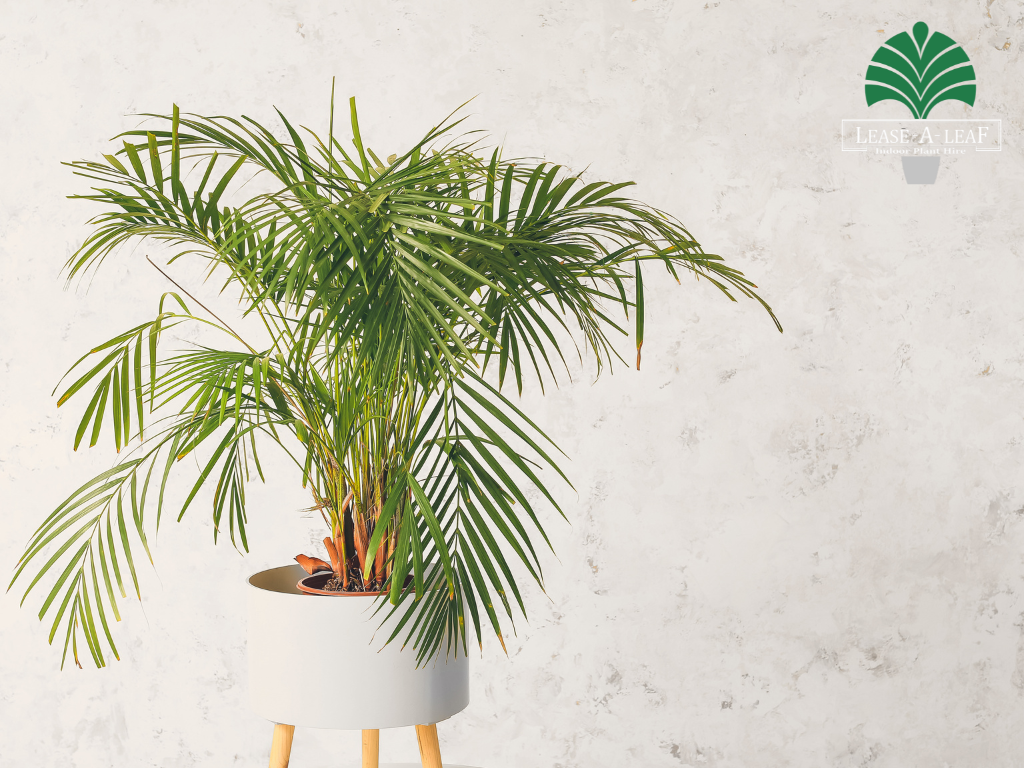
Golden Cane Palms have become a staple in modern landscaping, not just for their aesthetic appeal but also for their versatility in sustainable garden design. Innovatively integrating these palms into contemporary settings can transform ordinary spaces into striking landscapes.
One innovative application is creating naturalistic privacy screens that blend seamlessly with modern architecture. Unlike traditional fencing, a screen of Golden Cane Palms provides privacy while adding a lush, green element to the design. These palms can also be used in rooftop gardens or urban balconies, where their adaptability to container growing makes them ideal for adding a touch of nature to the concrete jungle.
Vertical gardens are another area where Golden Cane Palms shine. Mounted on walls or trellises, these palms can be part of green living walls that purify the air and offer thermal insulation to buildings, contributing to urban sustainability. Moreover, incorporating Golden Cane Palms into rain garden designs helps manage stormwater runoff, highlighting their role in eco-friendly landscaping practices.
Conclusion: Maximizing the Impact of Golden Cane Palms in Your Landscape
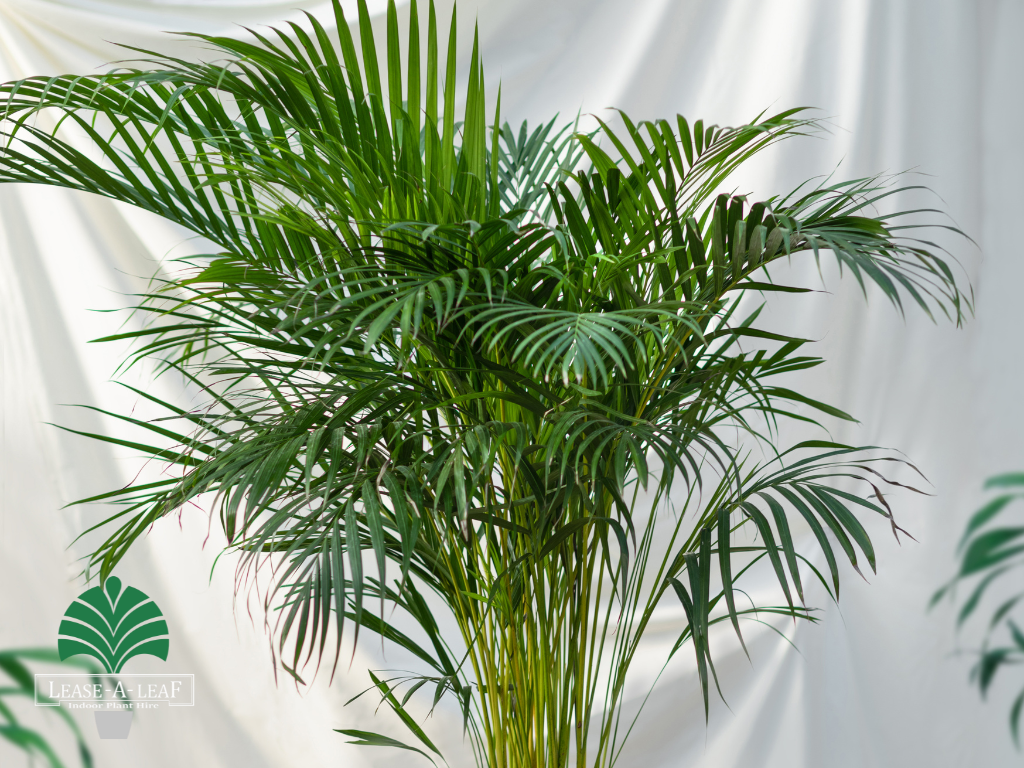
Golden Cane Palms offer a multitude of benefits for landscaping, from enhancing the visual appeal of outdoor spaces to contributing to their ecological balance. Their versatility makes them suitable for a wide range of applications, from standalone focal points to integral components of privacy screens and green walls.
As we integrate Golden Cane Palms into our landscapes, it’s important to approach their use with creativity and ecological mindfulness. By doing so, we not only enrich our outdoor environments but also support sustainable landscaping practices that benefit both our immediate surroundings and the broader ecosystem.
Whether you’re designing a tranquil backyard retreat or a modern urban oasis, incorporating Golden Cane Palms can significantly elevate the aesthetic and functional value of your landscape. By considering their unique characteristics and innovative applications, we can maximize the impact of these versatile palms, ensuring that our outdoor spaces remain beautiful, sustainable, and enjoyable for years to come.

